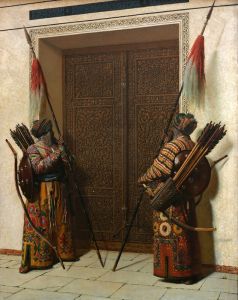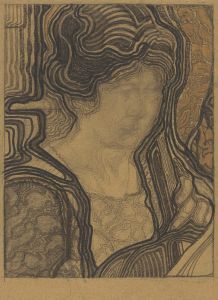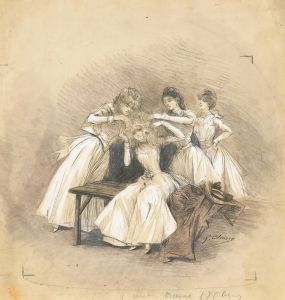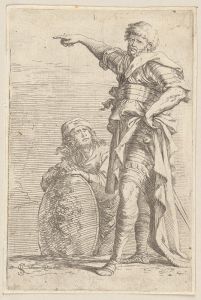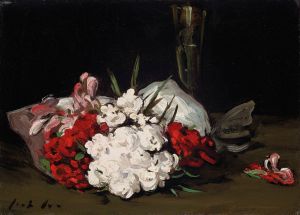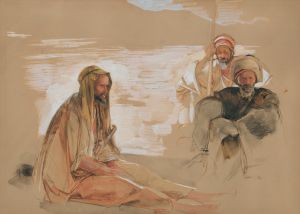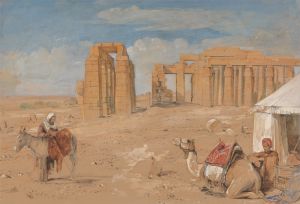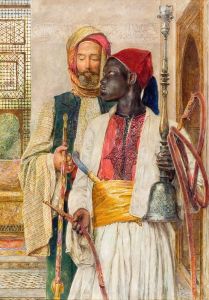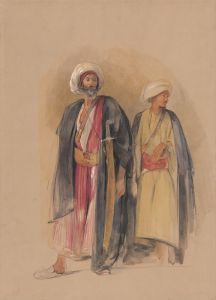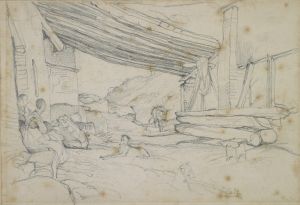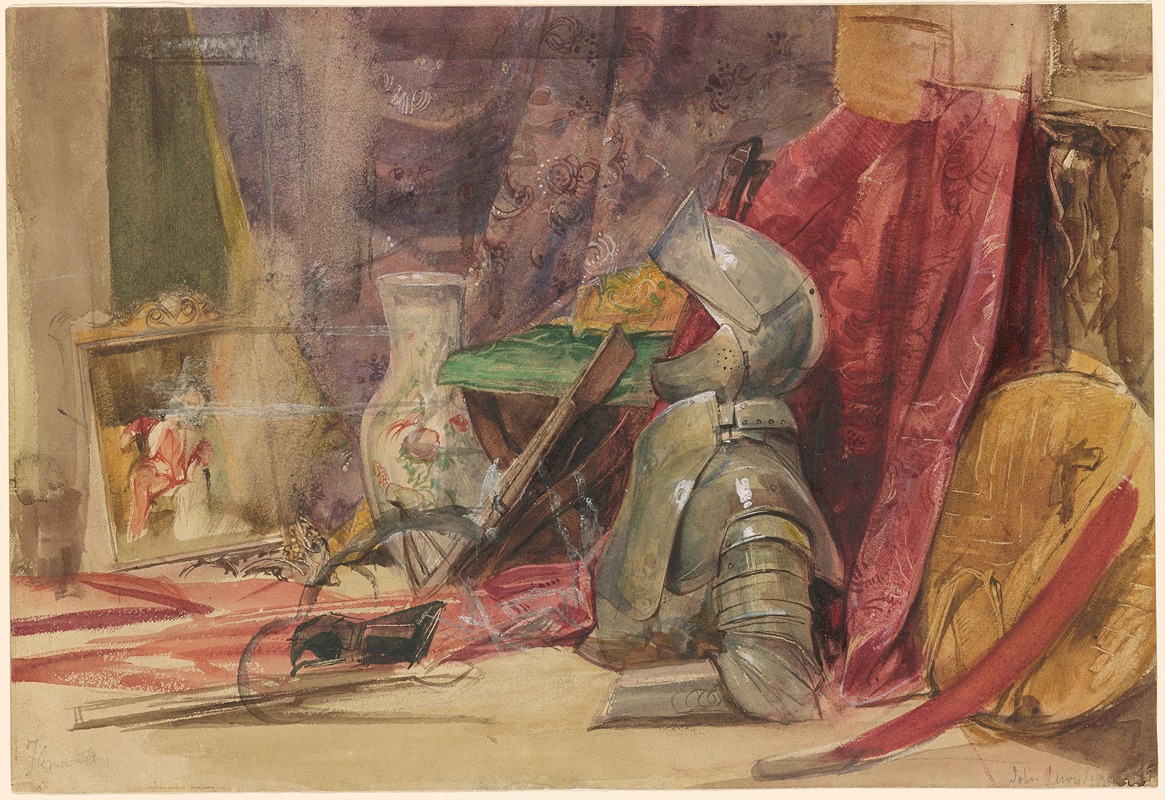
An Interior with Armor and Weaponry
A hand-painted replica of John Frederick Lewis’s masterpiece An Interior with Armor and Weaponry, meticulously crafted by professional artists to capture the true essence of the original. Each piece is created with museum-quality canvas and rare mineral pigments, carefully painted by experienced artists with delicate brushstrokes and rich, layered colors to perfectly recreate the texture of the original artwork. Unlike machine-printed reproductions, this hand-painted version brings the painting to life, infused with the artist’s emotions and skill in every stroke. Whether for personal collection or home decoration, it instantly elevates the artistic atmosphere of any space.
John Frederick Lewis was a renowned British Orientalist painter known for his detailed and vibrant depictions of Middle Eastern life. Born in London in 1804, Lewis was initially trained by his father, Frederick Christian Lewis, who was an engraver. Over the course of his career, Lewis became one of the most celebrated Orientalist painters of the 19th century, noted for his meticulous attention to detail and his ability to capture the essence of the scenes he depicted.
One of his works, "An Interior with Armor and Weaponry," reflects Lewis's fascination with the Middle East and its culture. Although specific details about this particular painting are scarce, Lewis's oeuvre typically includes richly detailed interiors and scenes that provide insight into the life and customs of the regions he visited. His works often feature elements such as intricate architectural details, textiles, and objects that convey the opulence and complexity of Middle Eastern interiors.
Lewis spent a significant amount of time in the Middle East, particularly in Egypt, where he lived from 1841 to 1851. This period was crucial in shaping his artistic vision and provided him with ample material for his paintings. His works from this time are characterized by their authenticity and attention to the nuances of local life, which he observed firsthand. Lewis's paintings are often praised for their vibrant colors and the way they capture light, adding a sense of realism and immediacy to his scenes.
"An Interior with Armor and Weaponry" likely showcases Lewis's skill in rendering detailed compositions that include a variety of textures and materials. Armor and weaponry, as depicted in Orientalist art, often serve to highlight the exotic and martial aspects of the cultures being represented. In Lewis's work, these elements would be rendered with precision, reflecting his dedication to capturing the intricacies of the objects and settings he painted.
Lewis's paintings were well-received in his time, and he exhibited regularly at the Royal Academy in London. His work contributed to the Western fascination with the Orient, a term used during the 19th century to describe the Middle East and North Africa. Orientalism, as both an artistic and literary movement, was characterized by its romanticized and often stereotypical portrayals of Eastern cultures. While Lewis's work is part of this movement, his paintings are noted for their respectful and detailed representation of the people and places he depicted.
John Frederick Lewis passed away in 1876, leaving behind a legacy of art that continues to be studied and appreciated for its beauty and historical significance. His paintings remain important cultural artifacts that offer a glimpse into the 19th-century Western perspective on the Middle East, as well as the artistic techniques and approaches of the Orientalist movement.





